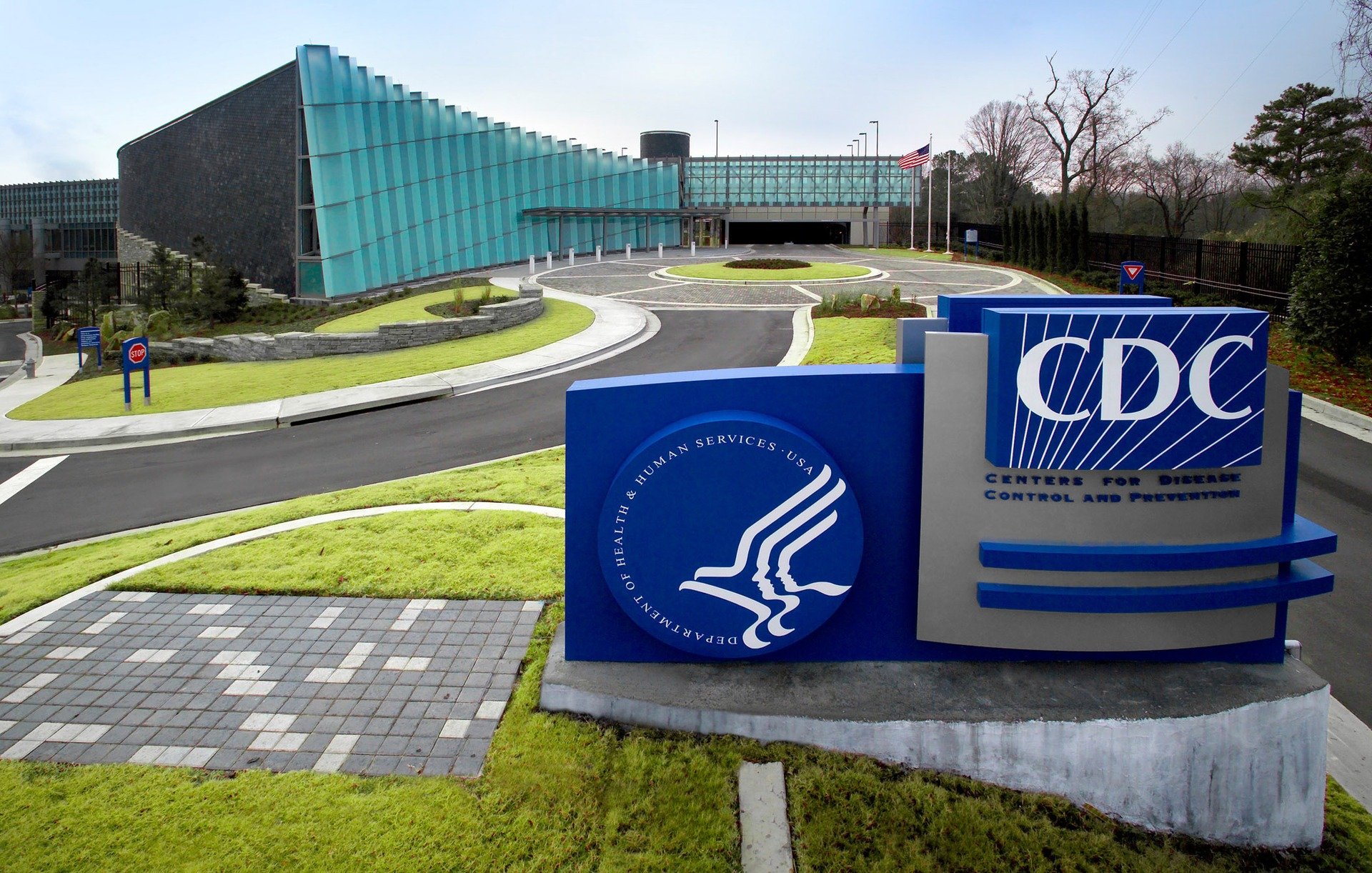
Respiratory Virus Guidance
The Centers for Disease Control and Prevention (CDC) has issued Respiratory Virus Guidance which has been adopted by the Connecticut Department of Public Health (CT DPH).
CDC’s guidance provides practical recommendations and information to help people lower health risks posed by a range of common respiratory viral illnesses, including COVID-19, Influenza (flu) and Respiratory Syncytial Virus (RSV).
Core Prevention Strategies:
Additional Prevention Strategies:
When you may have a respiratory virus...
Stay home and away from others (including people you live with who are not sick) if you have respiratory virus symptoms that aren't better explained by another cause. These symptoms can include fever, chills, fatigue, cough, runny nose, and headache, among others.*
You can go back to your normal activities when, for at least 24 hours, both are true:
Your symptoms are getting better overall, and
You have not had a fever (and are not using fever-reducing medication).
Respiratory Virus Guidance Snapshot
(Access hyperlinked core & additional prevention strategies below)
When you go back to your normal activities:
take added precaution over the next 5 days, such as taking additional steps for cleaner air, hygiene, masks, physical distancing, and/or testing when you will be around other people indoors.
Keep in mind that you may still be able to spread the virus that made you sick, even if you are feeling better. You are likely to be less contagious at this time, depending on factors like how long you were sick or how sick you were.
If you develop a fever or you start to feel worse after you have gone back to normal activities, stay home and away from others again until, for at least 24 hours, both are true: your symptoms are improving overall, and you have not had a fever (and are not using fever-reducing medication). Then take added precaution for the next 5 days.



